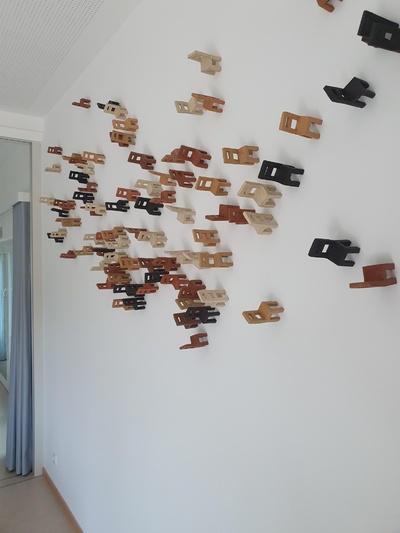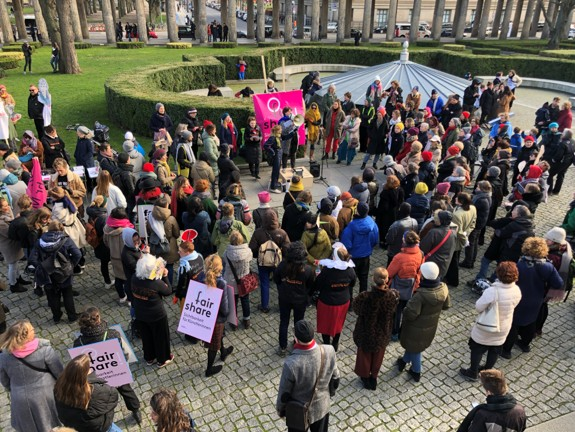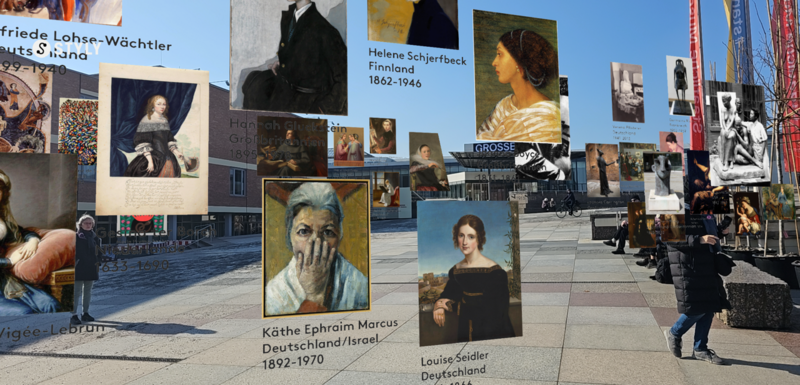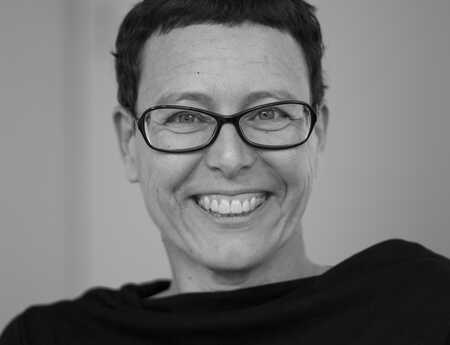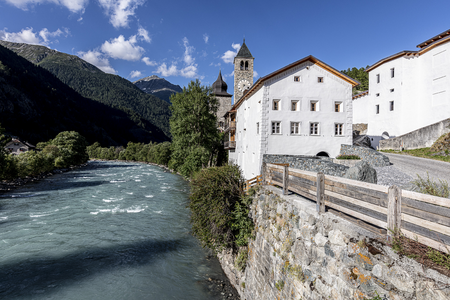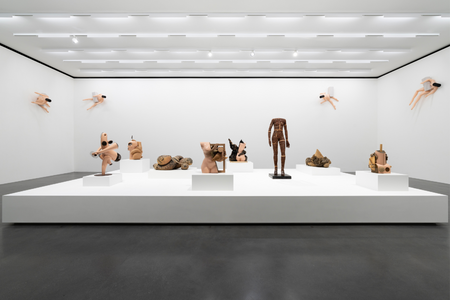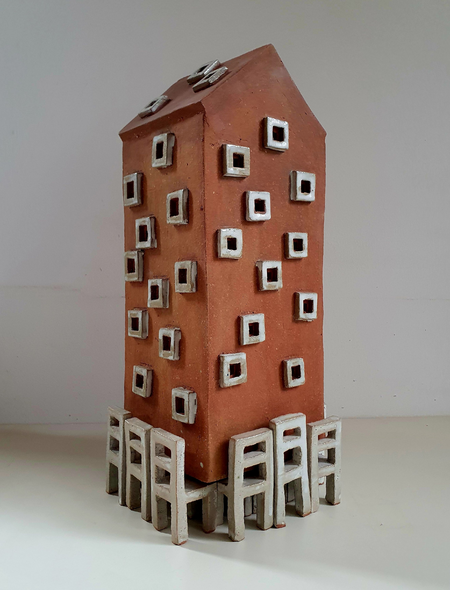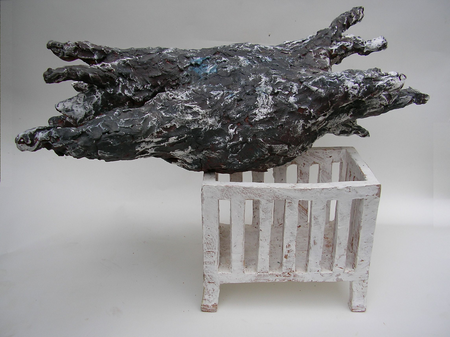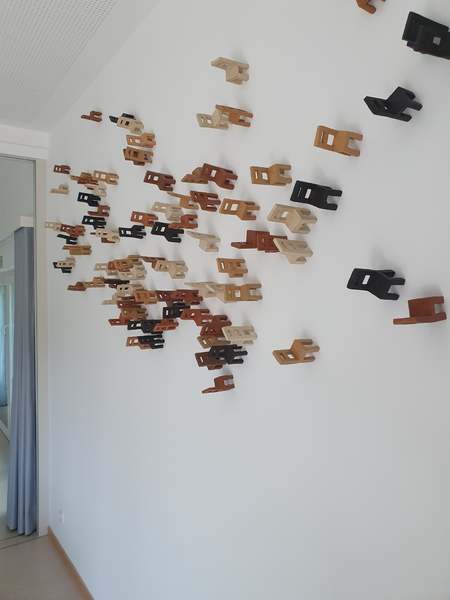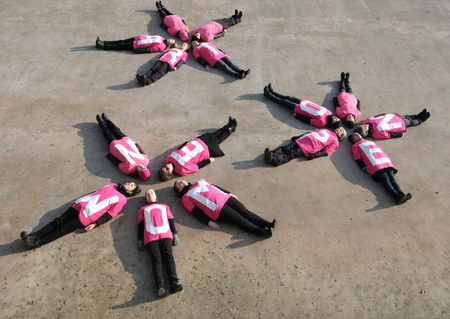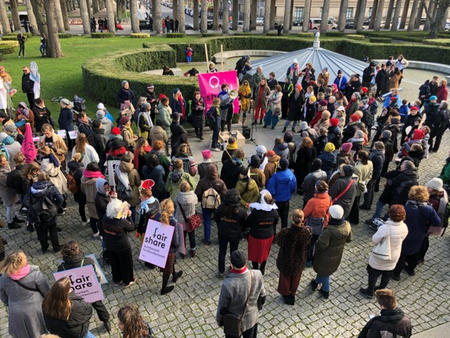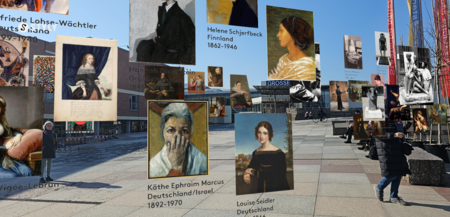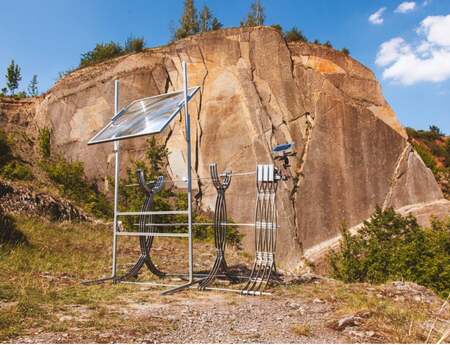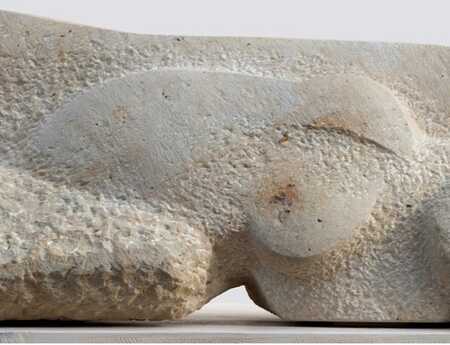Do We Need Museums for Women Artists?
On May 26, around 45 curators, artists, and art professionals gathered online to explore a pointed question: Do we still need separate museums for women artists? A timely conversation on numbers, spaces, art, and what still needs to change
The discussion, curated and moderated by Natasha Bergmann, art advisor and member of Sculpture Network’s Curatorial Board, brought sharp statistics and big ideas to the table. Bergmann opened with the famous poster by the Guerrilla Girls — the feminist art collective that’s been challenging gender bias since the 1980s. Their unforgettable line, “Do women have to be naked to get into the Met Museum?” paired with brutal facts, still hits today: less than 5% of the artists in the Met’s modern art sections are women, but 85% of the nudes are female.
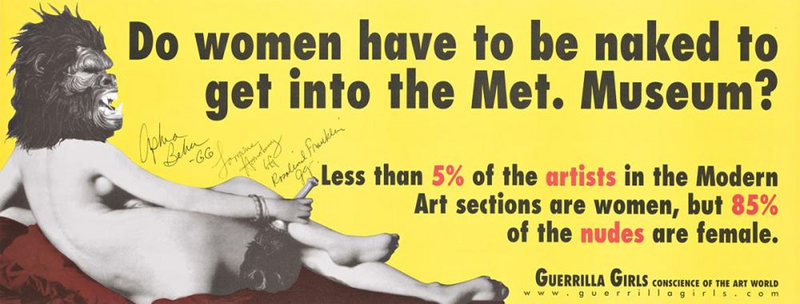
And the imbalance is global: Only 12.6% of works across 18 leading U.S. museums are by women; 1.2% in the National Gallery, London; a mere 0.8% in Madrid’s Museo del Prado.
Against this backdrop, the conversation between Berlin-based sculptor and activist Rachel Kohn and Polish curator Dr. Agnieszka Sosnowska of Switzerland’s Muzeum Susch offered two distinct but connected strategies for change: institutional transformation and activist pushback.
Muzeum Susch: A Space for Careful Looking
The Muzeum Susch is a remarkable, still very new art institution nestled in the Swiss Alps, founded in 2019 by Polish businesswoman and collector Grażyna Kulczyk. Sosnowska, who leads the museum’s discursive platform DISPUTAZIUNS, emphasized the museum’s mission to elevate overlooked women artists—primarily those from the 1960s to 1980s who have been ignored by mainstream institutions.
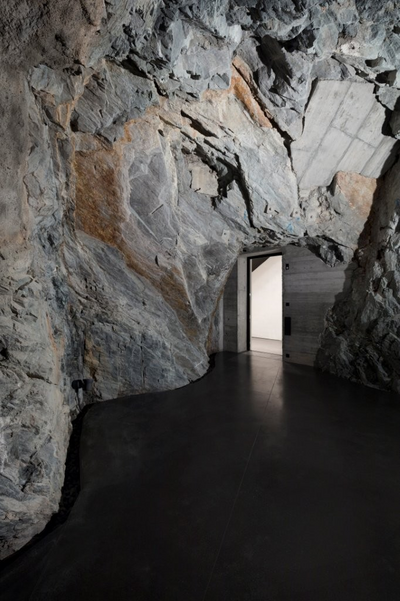
Rather than erecting a flashy new building, founder Grażyna Kulczyk embraced a philosophy of “invisible architecture”, integrating contemporary exhibition spaces into the existing structure—a 12th-century former monastery—and carving new grottoes into the rock. The result is a meditative, site-responsive environment where nature and art coexist. Muzeum Susch does not exhibit Kulczyk’s collection but presents two major exhibitions per year, typically solo shows focused on underrecognized women artists offering deep, retrospective-style engagement rather than fast-paced rotation. These art shows are paired with rigorous scholarship: a series of monographs written by leading theorists like Amelia Jones and curated symposia that explore themes like the boundaries of sculpture or feminist art histories.
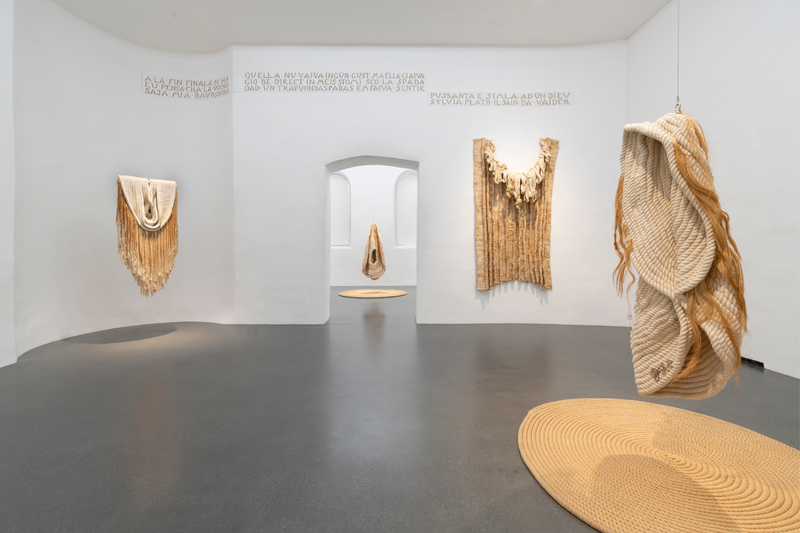
Even from its remote location, the museum reaches an international audience. Through its digital programs and online library of talks and symposiums, Muzeum Susch ensures that these underrepresented voices are globally accessible. It’s a decentralized, research-forward approach to rebuilding the canon—carefully, brick by brick.
Rachel Kohn: Clay, Memory, and Activism
Rachel Kohn’s presentation brought the discussion down to the level of personal practice. A Berlin-based sculptor, Kohn works with clay to create archetypal forms—hairs, houses, clouds—that touch on memory, displacement, and everyday life. She described her work as deeply tied to personal truth, exploring themes of motherhood, home, and the shifting sense of belonging.
One standout example she shared was Me, You, Us, a sculpture made up of 100 small chairs for a Berlin daycare—a piece that speaks to the collective experience of community, fragility, and care. For Kohn, her art is not just about form; it’s about conveying the tensions between the personal and the social, the intimate and the political.
Beyond her studio practice, Kohn is an active advocate for gender equality in the arts. She co-founded Fair Share! Visibility for Female Artists, a nonprofit that began as a grassroots campaign in 2020. Their projects have included data-driven interventions on International Women’s Day, an augmented reality exhibition of 100 women artists outside Berlin’s new museum building, and detailed research into gender disparities in museum collections (for example, Berlin’s Neue Nationalgalerie’s mere 9% representation of women in its archive). Fair Share! does not just point to a problem—it proposes frameworks. Among other initiatives, the organization is advocating for a Certificate for Gender Parity for museums, based on research and a series of achievable criteria.
Kohn also serves on the board of the Frauenmuseum Berlin network and is a member of the Verein der Berliner Künstlerinnen, an association founded in 1867 to support women artists. Her activism pushes beyond visibility, asking the tougher, structural questions: How much institutional funding is allocated to acquiring works by women artists? Who gets to curate major exhibitions—and how many of them are women? What’s the real cost of motherhood in an art career, and why do male artists with children thrive while their female counterparts often disappear? Even at the highest levels of the art world, inequality remains entrenched—from the gender disparities in major international exhibitions like the Venice Biennale and Documenta to the persistent pay gaps among art professors. The inequalities are everywhere, and visibility is just the starting point.
Separate Spaces or Structural Reform?
The core debate running through the session was whether dedicated spaces for women artists solve or sideline the problem. Sosnowska argued for the value of creating sanctuaries like Muzeum Susch, where women’s work can be given serious, focused attention. Kohn emphasized the need for systemic reform, ensuring that women artists are fully integrated into existing major institutions, national collections, and global art events. The numbers matter, and the numbers are damning.
Participants from the UK, Spain, France, the Netherlands, Germany, and Switzerland chimed in during the open-floor discussion, sharing historical context, practical concerns, and ideas for moving forward. One curator noted how many women artists were recognized in their time only to later vanish from public memory. “They were dropped out,” Kohn said simply, “and now we have to bring them back.”
What’s Next?
The session made it clear: the numbers tell one story, but the real challenge is rewriting the deeper structures of the art world—its collections, histories, and priorities. Whether through careful, scholarly institutions like Muzeum Susch or public-facing activist groups like Fair Share!, the push to rebalance the canon is gaining momentum.
So, do we need museums for women artists?
The answer seems to be yes—but ideally, we need more than that. We need to dismantle the logic that ever made them necessary in the first place. We need an art world where such separate spaces are no longer necessary because equality is built into its core. Until then, the work continues.
The event report was written in English with the help of ChatGPT and edited by our editorial team.
